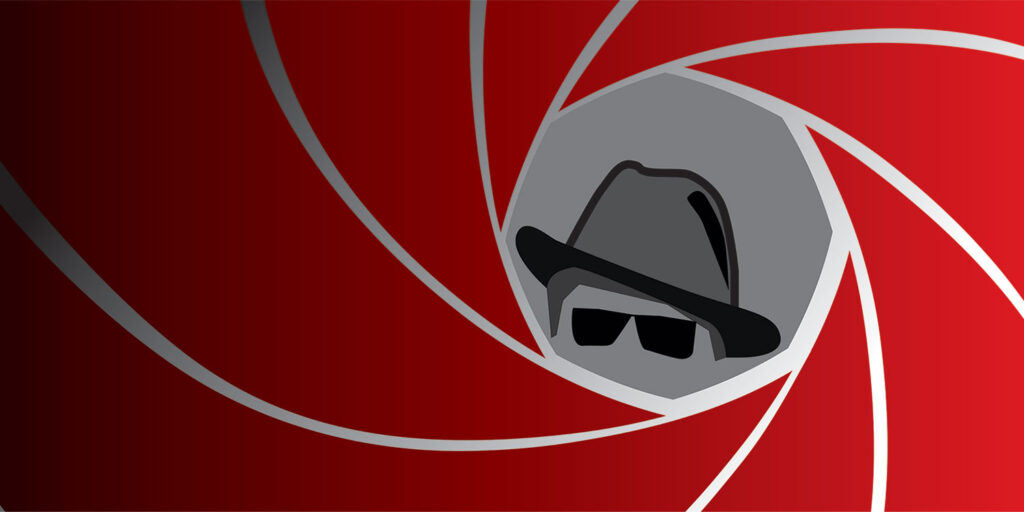When collaborative email provider Front developed its pricing strategy, it knew the importance of balance. The Front team was proud of the product it had built and believed in its value. However, it also knew its pricing had to reflect that value while keeping the business competitive in the market.
Like many software as a service (SaaS) businesses, Front landed on an opening strategy that involved at least a little guesswork. Then—for the most part—it left pricing alone. The business only changed its pricing three times during its first two years of operation.
Today, Front iterates on pricing every three weeks.
Why the change? Front realized iterating on pricing more frequently provided more data. It also realized testing new pricing on small cohorts minimized fallout from poor pricing changes.
As the business’s co-founder and CEO Mathilde Collin puts it, “never experimenting with your pricing means you may never learn the value of your product and its potential for growth.”
Continual Pricing Strategy Optimization: a Secret Weapon for Your Recurring Billing Business
Collin describes frequent pricing iteration as a secret weapon for how to increase recurring revenue. And she’s probably right. Most online content about SaaS business growth focuses on acquisition. Yet, Price Intelligently found monetization is nearly four times more effective than acquisition in raising a business’s bottom line.
Despite this, the same study found most businesses think about pricing for only six hours over the course of their entire lifetime.
This simply isn’t enough.
In an OpenView study of over 400 SaaS business pricing strategies, 84% of respondents reported at least a 10% increase in annual recurring revenue (ARR) after a pricing change. One in four reported an increase of at least 50%.
Effective pricing is—and should be—an ongoing process, not unlike acquisition. Continual pricing optimization means keeping abreast of:
- market demands
- customer expectations
- competitors’ pricing, and
- customer response to pricing changes.
Tracking the final factor requires frequent pricing strategy adjustment. The good news is, if the effort is made there’s no denying multiple pricing iterations create profitable businesses.
It all boils down to unit economics.
The Unit Economics of Continual Pricing Optimization
At the end of the day, every subscription business needs revenue. How’s this accomplished? By having a customer lifetime value (LTV) greater than customer acquisition cost (CAC).
LTV > CAC
Importantly, the ratio between these factors must be greater than one. Anything less means a business is losing money or just breaking even. These are the unit economics of running a business.
LTV ÷ CAC > 1
Acquisition is certainly an important part of the revenue equation. Pricing focuses on the other side, and business leaders would be wise to follow suit.
Price Intelligently found businesses with a yearly pricing review have healthy unit economics of 3.23, compared to a barely sustainable 1.68 for no pricing iterations.
However, businesses that use continual pricing optimization boast unit economics of 11.09.
Is it difficult to implement?
This means continual pricing optimization brought businesses an average LTV of 11 times CAC. This is huge. The higher a customer’s LTV, the faster they pay back their CAC. Every subscription payment made after that moment is pure net revenue.
Surely something that provides such a significant edge must be too difficult or expensive for most businesses to apply, right? Not necessarily. ProfitWell breaks implementation down into just four steps:
1. Get to Know Your Customers.
Gather both qualitative and quantitative data that tells you how you’re doing and what needs to be changed.
2. Quantify Value.
Your value metric is what you’re charging for, and how. It can be gigabytes streamed, files hosted, or whatever your business delivers of value.
3. Analyze the Data.
You’re looking for patterns that drive or diminish value. Use this information to create tiers for different buyer personas.
4. Adjust Pricing and Monitor.
If a competitor offers the same value at a lower price, you’ll lose customers. Continually monitor the market for changes.
These steps focus on data that reveals how much customers are willing to pay for your subscription product. This includes things like transactional data, churn rate, and monthly recurring revenue (MRR), which can be tracked using a robust subscription billing platform.
After combining data analysis with your business’s value metric, monitoring the competition’s all that’s left. The trick is to revisit these steps at least yearly, and ideally even more often than that. Updating your SaaS pricing strategies on a quarterly basis can result in two to four times higher average revenue per user.
Many subscription businesses take a guess when it comes to pricing, but it doesn’t have to be that way. Leaders in hospitality, travel, and ecommerce have been using pricing iterations successfully for decades, if not longer.
While subscription-based businesses certainly need a slightly different approach, they clearly stand to benefit from taking steps towards better monetization.
How to Increase Recurring Revenue for Your Business
Pricing can be tricky. It can be hard to identify the signs it’s time to change pricing strategy, and business leaders may wonder whether they can raise prices without churn. However, continual subscription pricing optimization through multiple iterations a year reduces these issues.
With regular pricing iterations, the question of whether it’s time to change your pricing strategy becomes moot. Fears of churn can be counterbalanced with frequent iterations that break customers into smaller cohorts, as Collin from Front described. A high churn rate from a small cohort has a much smaller impact on a business’s overall picture.
To harness frequent iterations, businesses need the agility to make frequent pricing changes without delay. An adaptive billing platform offers this flexible monetization, enabling businesses to take advantage of continual pricing optimization.
This level of agility also goes for changes to individual customer accounts. The right billing platform will enable multiple users to take advantage of couponing, discounts, and promotions, or transition from a free trial into a paid subscription automatically without requiring extensive changes to the product catalog.
And because these subscription pricing platforms integrate with a business’s accounting process, changes can be implemented—either by staff or customers—without concerns about accurate revenue accounting, including revenue recognition, invoicing, and payment collection.
RELATED: How Manufacturers Can Use Servitization to Drive Recurring Revenue Growth
The journey to subscription pricing optimization success begins with the automation and flexibility to execute pricing changes in real time without technical overheads. For that and more, look for an agile subscription billing platform like Stax Bill.








